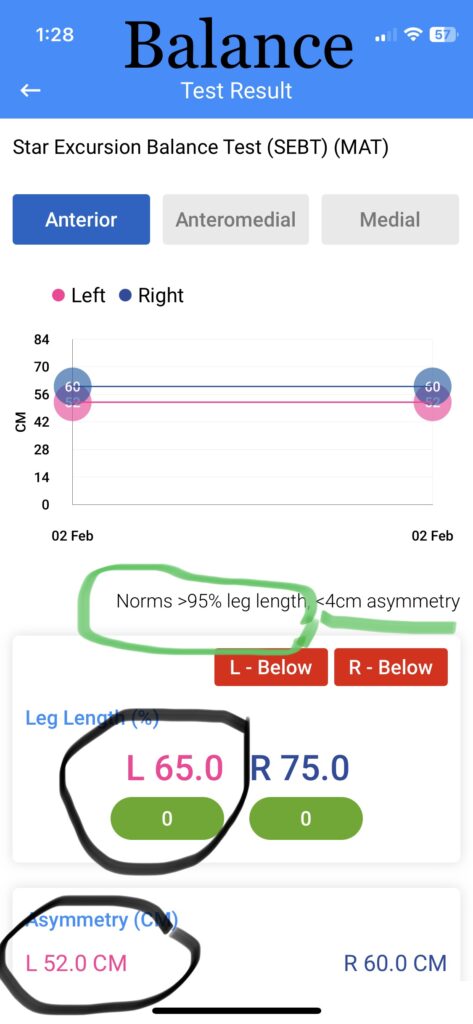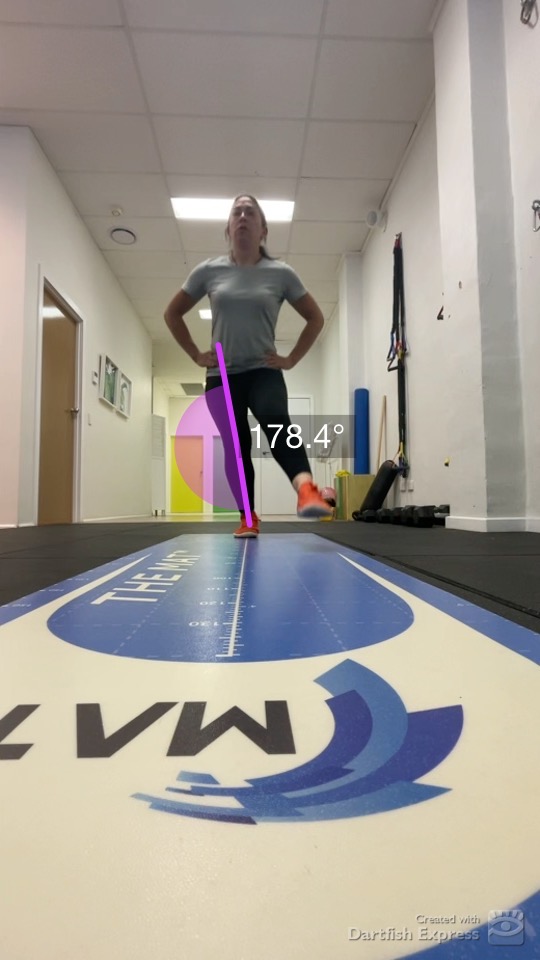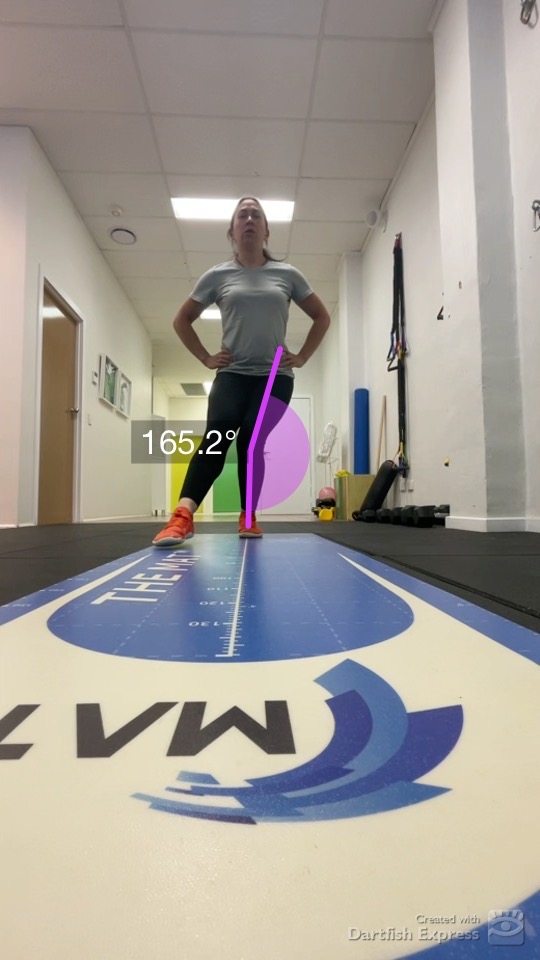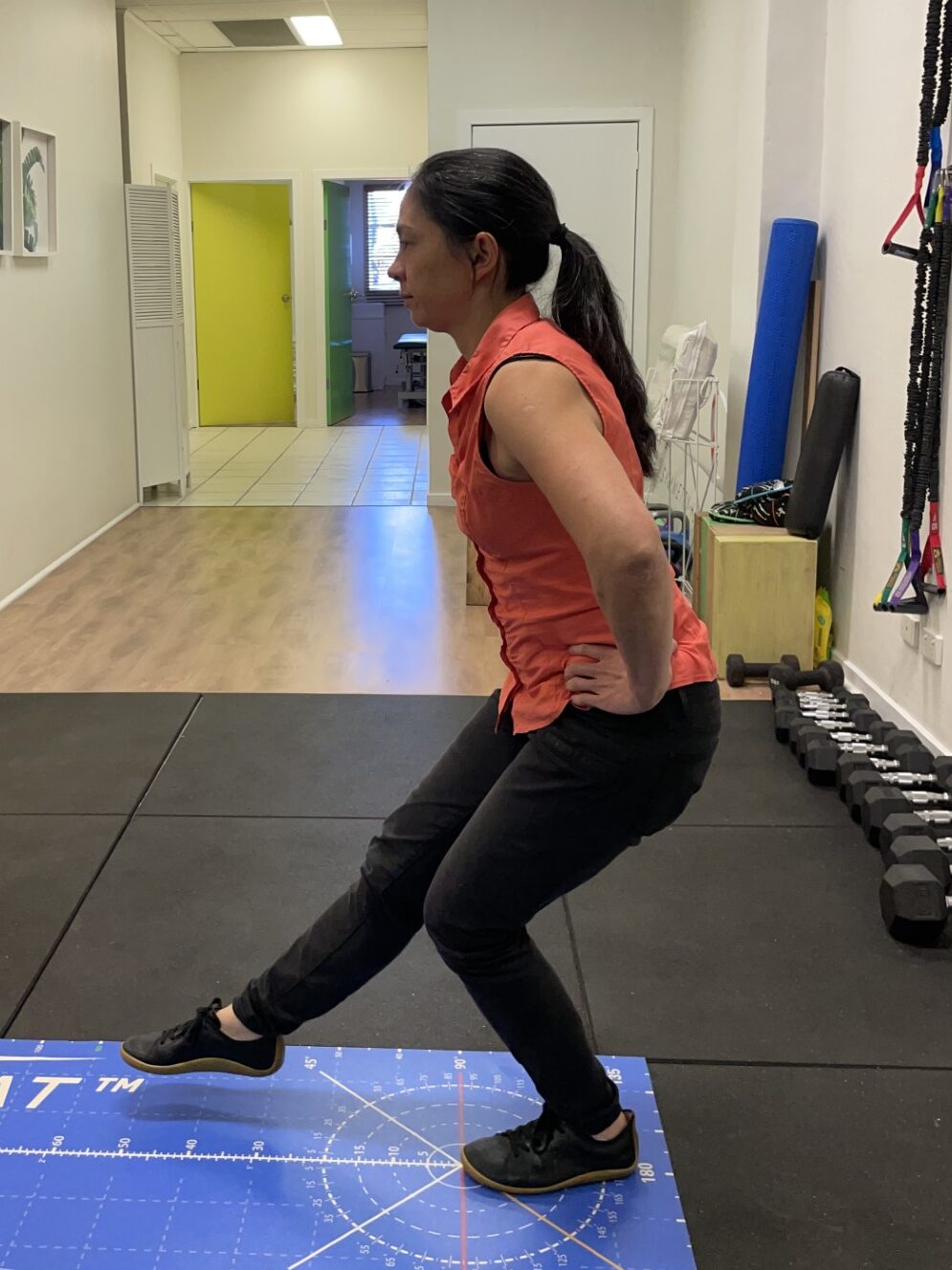Sure learning to stand on your own two feet is important, but competency standing on one is too!
Some of you may remember the program I was offering a couple years back: The 8.one.15 Balance Method, launched not long after returning from my second round of mat leave. The program was driven by my, what some would call ‘wearisome‘ passion to get people moving, along with a recognition of the astonishing great volume of folk I was finding who were, (to put it nicely) ‘balance challenged‘. I found most were quite shocked upon revelation of just how poor their balance had gotten, and also quite motivated to change this.
I seized these new discoveries, and had an inclination that the unexpected challenge and element of fun balance exercises brought to an exercise type program, coupled with a low level of time commitment might just get people on board the ‘movement’ ship. I was right. Engagement in the program was high, the feedback was good and the results gratifying. Most of all, I thoroughly enjoyed watching the process of change, the remarkable extent to which a little more competency in single leg balance was improving people’s quality of life.
I’ve learned even more about the single leg balance on my journey as a movement prioritising Myotherapist since that time. I manage single leg exercises a bit differently now but I value their importance just as greatly. So today, I introduce to you ‘The Star Excursion Balance Test’.

THE STAR EXCURSION BALANCE TEST (SEBT):
WHAT IS IT?: A balance test. Challenging stability, mobility, strength & proprioception of the foot, ankle, knee, hip, pelvis & trunk. A simple test that can provide oodles of information about your body and the way you move.
HOW?: Stand on one leg, place your hands on your hips & perform an opposite leg reach whilst keeping your hands on your hips & the weight of your body in the standing leg. ie: Resist ‘stepping onto’ your reaching foot.
Do not allow the standing heel to lift off the floor.
Measure the distance from the outer aspect of the foot, to the point of reach with the opposite foot.
The SEBT in full is performed in 8 different directions. Kinda like standing on one foot and pointing the other toward 8 different hours of a clock.
TRACEY’S (UGLY) RESULTS
ANTERIOR/FORWARD REACH:
L=52cm: This evoked minor L knee pain. I also observed a significant valgus angle of my knee.
From where I stood, I could see my left knee move sideways, inwards beyond my left big toe. Frustratingly, even when I tried, I was unable to control this. As the image demonstrates below, I had a 15 degree valgus angle of my left knee upon flexion with a single leg.
R=60cm


NORMS: >95% leg length, <4cm asymmetry:
My results…. not even close!
I had a whopping 8cm left to right asymmetry! And could only reach 65% of my leg length on the left side, 75% on the right.
MY ASSOCIATED PAIN/INJURY/RISK:
Well, it’s no real surprise that my left knee painfully locks when I cross my legs!
My results indicate the left leg might be more of a ‘team player’ when it comes to ambulation or movement in general. Majorly reliant on the right side, far less competent working solo. And with more than DOUBLE the asymmetry deemed ‘safe’ as per normative values, just like the aforementioned WBLT, I’m setting myself up long term for some serious back pain and/or frequent visits to the Chiropractor to manage a very crooked spine.
WHY?
You could say I’ve become as passionate about the SEBT as the guys from MAT who introduced it to me. Anyone who’s undertaken one of their brilliant courses would know that’s saying something! They LOVE the SEBT. Well, I concur, there’s just so much information you can learn about a body and how it moves with this test.
Many of you will have experienced the SEBT’s “mini me” in clinic with me: The Y-Balance test. Just 3 directions: one forwards, two back.
With this test, in just a few minutes I can learn how well you can balance, how stiff you might be and where, whether you protect/guard a body part, if you might use momentum to move/push through instability, if you favour a muscle group.…. oh I could go on!
This test is sooooo helpful in the process of piecing together the puzzle of the human body and how it moves but just as importantly, it also provides us valuable information about how the body is responding to any given exercise program, good or bad.
Hopefully it’s the former not the latter but either way it’s important information to gain, learn from and respond accordingly to.
HOMEWORK:
Give it a try! Grab some measuring tape and follow the instructions outlined above. A basic forward reach is the easiest to measure but you could gain some valuable information by reaching backwards too. Simply spin 180 degrees and take your reach measurement from your heel instead of your toes.
How does your body stack up when comparing not only left to right, but front to back? What about as a percentage of your leg length? (Which you could roughly guess-timate as half your height.)
I’ll be touching on what I’ve found to be a super important and reasonably common imbalance in movement in the near future. So gather your data and stay tuned!

Follow me on Facebook and Instagram for regular updates on “Tracey’s personal movement plan for action’. Where I’ll continue sharing the ugly results from my MASSIVE 2.5hr long Super Session, video analysed images of MY poor movement patterns, musings on my training experiences and more!
And if you’re interested in learning more about your body and how it moves, you can book an appointment below.